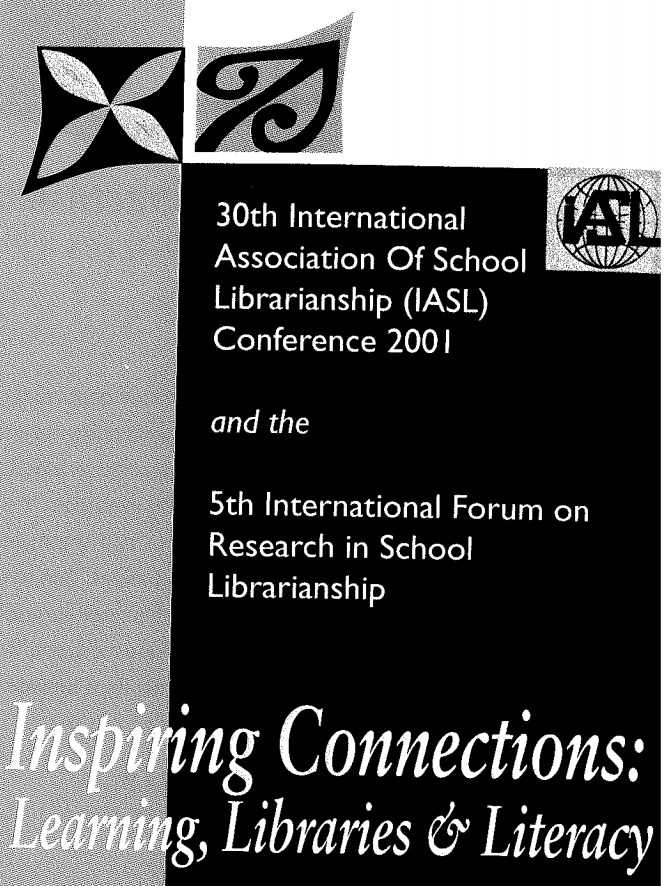Patterns of Information Seeking among Israeli 12th Grade High School Students Writing Final Research Papers
DOI:
https://doi.org/10.29173/iasl8114Abstract
The purpose of the present study was to examine areas of interest and information seeking patterns of Israeli 12th graders who engaged in research work for their final research paper, an optional partial requirement for obtaining an official matriculation diploma. A detailed questionnaire, based on former studies was disseminated in high schools all over the country, yielding 200 usable questionnaires. Main findings: topping the list of chosen topics were the humanities (44%), followed by the sciences (33%), and the social sciences (24%). Considerable differences were found between girls and boys. Girls preferred topics from the social sciences (mainly sociology) and from the humanities (except history) while boys preferred scientific topics. Most respondents had a computer at home (93%) which was usually connected to the Internet (78%) and they had taken some computer course in the past (70%) although a considerable proportion, more girls than boys, did not make use of them. Gender was found to be significantly associated with the chosen field. Taking a computer course and use of home Internet were found to be associated with searching the Internet in the process of information seeking while working on the final paper. A home computer connected to the Internet was associated with the use of formal and informal information sources. The school library was the most-visited one followed by academic, public and home libraries. However, a considerable proportion of the respondents reported no or few visits only.
Most respondents reported receiving only little or no advice and guidance regarding the library and database searching. When guidance was provided, it usually consisted of a single-session on a personal basis. Guidance given by a teacher was frequently face to face, with the student more likely to use an OPAC, while when given by a university teacher it was usually in front of a computer, followed by lesser use of OPACs. In summation, although most students were aware of powerful new IT tools, their use is not as prevalent as may be assumed, mainly due to poor or inadequate guidance.Downloads
Published
Issue
Section
License

This work is licensed under a Creative Commons Attribution-NonCommercial-ShareAlike 4.0 International License.




